Abhyanga(or abyang) is the name of a whole class of Ayurveda massages. Abhyanga has a number of varieties, each of which focus is on different parts of the body. These therapies derive their name from the ancient Sanskrit language, in which abhyanga literally means 'oil massage'. The word "wide" does mean a head. So, shiro therapies are different procedures related to the cranial area.
What exactly is a wide abhyang massage and what can it be of use to us? Shiro abhyanga massage is similar to shiro dhara therapy. It is a gentle massage, in which the scalp is stimulated by careful circular motions and special healing oils are rubbed into its upper part, called the Ayurvedic crown. By stimulating this energy center, massage has a powerful beneficial effect on our energy balance and can help to overcome various ailments.
This therapy can well affect a number of chronic diseases and other persistent conditions, which are often challenging even for the most recent discoveries of conventional Western medicine. Through wide abhyang, migraines, stress, digestive problems can be cured. Massage acts to strengthen the immune system and is recommended as an accompanying therapy for patients undergoing chemo or radiation therapy.
Shiro abhyang massage has a very good cosmetic effect on the hair. For whatever we apply it, even as a side effect, it contributes to nourishing and moisturizing the hair from the roots. It can be used with great success to counteract any problems, including seborrhea, dandruff, baby mud, and hair loss.
The application of beneficial oils with gentle massage movements helps strengthen the follicles and improve the structure of the hair. Hair becomes thicker, shinier and more flexible in 3 – 4 treatments. People suffering from hair loss can they only notice the effect after 5 – 6 visits. As an added bonus, broad abhyang slows down the process of graying and whitening the hair.
Therapy has many other useful actions. Improved vision Generally, the daily application of massage enhances all senses as well as memory.
In order to achieve the maximum effect of wide abhyang, the procedure should be applied as regularly as possible. In fact, according to ancient Ayurvedic texts, a head massage with a little oil should be done at least twice a week for about 15 – 20 minutes.
Depending on the stage or the depth of the illness we want to get rid of, ayurvedic experts may recommenddifferent types of programs and regimens that include different combinations of procedures, including wide abhyanga, and more. But massage can also be applied to prophylaxis, not just treatment.
How is the ritual of shiro abhyang?
Ayurvedic rituals generally consist of three separate consecutive parts. These are:
- purva karma
- Karma is broken
- start karma
These are the individual three phases that the healer and his patient go through together.
Purva karma
It is the introductory part and is mainly expressed in the preparation for the ritual. This includes the choice of oils with which the wide abhyanga will be performed. There are many possibilities – it can be from olives, mustard, sesame, coconut, almond and others.
But in order to be effective abhyang, the selection of the oils to be used for the rub must be carefully considered in accordance with the balance of the energies in the body – this analysis also belongs to the puurva karma phase. determine this, the doctor questions the patient in great detail and examines it.
In Ayurveda these energies are basically three and are called doshi – pita, vata and kaffa. Depending on the case, from one, two or three of these doshi the whole being of each of the two is constructed in a different proportion. us, or in other words, the constitution of each one of us, which the Ayurvedis call Prakrits. Although it influences well people with any constitution, abhyanga massage is recommended for people with specific symptoms or uncovered – distortion from their normal balanced values.
It is usually prescribed to patients with increased wattage dosage because it has a calming effect on it. In some cases, excessive dosha coffee, in fact, should completely avoid the use of wide abhyang, especially in cases where the toxins in our body are increased at the same time.
Taking all this into consideration, the oils used for therapy also vary according to the constitution of each patient and the balance in which his or her doshas are at the time of prescribing treatment.
Taking all this into consideration, the oils used for therapy also vary according to the constitution of each patient and the balance in which his or her doshas are at the time of prescribing treatment.
If a wide abhyanga ritual is to be performed for cosmetic purposes, perhaps coconut and sesame oil are the best choices. Pourva karma is also the time when you can tell your Ayurvedic doctor if you are allergic to something or have a real risk of having an adverse reaction to any of the oils.
Prahana karma
It is the real part of Ayurvedic rituals. In wide abhyang, this is the scalp massaging itself. During the session, the patient is comfortable lying on his back, which allows him to relax completely and not feel and a trace of anxiety during the whole procedure – on the contrary, a pleasant feeling of massage is key to the effectiveness of the treatment and the desired effect.
Prahana of shiro abhyang may have a different duration, but by standard it can be within about 20-60 minutes. In this case, there is something more important than the duration of each session, and this is frequency of therapy. It must be as regular as possible in order to achieve the desired results.
Shiro abhyang can be a self massage, or part of a complete body massage (Sanskrit sarva abhyang). In the second case, shir abhyanga is the very beginning, the first part of the pre-karmas of sarva abhyanga. your senses. This can happen both in complete silence and under some kind of guidance from the healer who can help by comforting the patient through his / her voice.
What should we keep in mind in relation to wide abhyanga massage?
There are no reports anywhere in the world that adverse side effects may have occurred as a result of extensive abhyanga massage or other similar therapy. However, it is forbidden to subject it to people who have chronic or untreated serious injuries or illnesses in the head.
Patients with cardiovascular disease, as well as those with renal insufficiency, excessively high intracranial pressure, etc. should be treated with care and synchronize Ayurvedic therapies with the conventional course of treatment to avoid the risk of side effects and to achieve maximum effect and overall improvement.
Abhyanga massage should also not be used in the case of fever or fever. Therapy is also not recommended for women during pregnancy or menstruation.
Ayurvedic rituals are generally harmless, but combining them without a pre-defined treatment strategy for specific problems can even give the opposite result. Abhyanga massage, for example, should not be taken immediately or shortly after any of the vasti Ayurveda treatments.
Typically, those skilled in the art will prepare an individualized treatment plan In case of deeper conditions, a recovery program may be a complete therapy that includes a daily series of rituals, not only massages but also prescriptions regarding our physical activity, nutrition , life habits, etc.

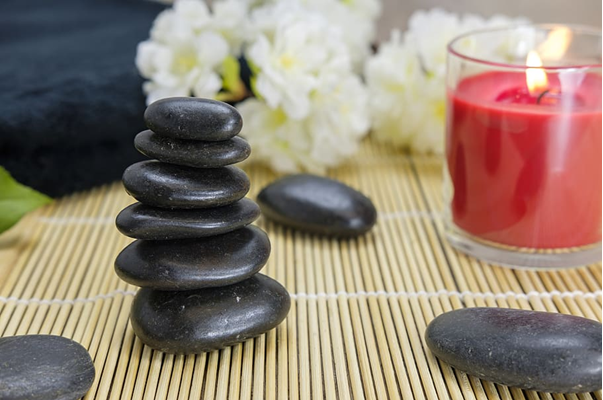
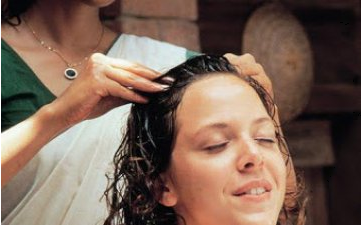
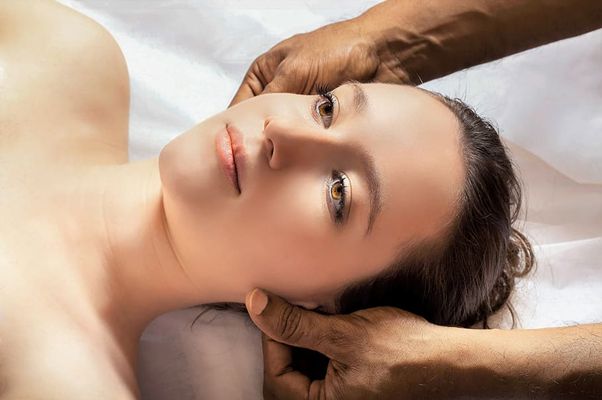
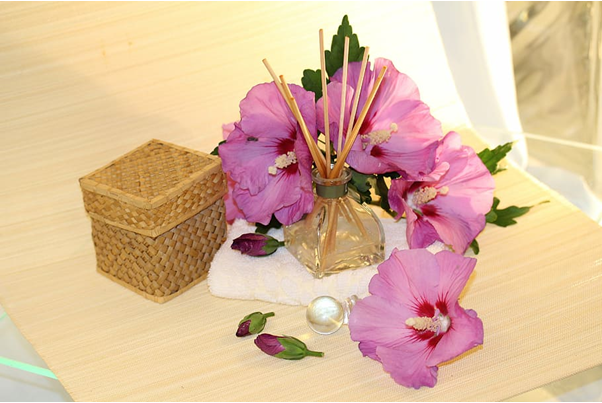
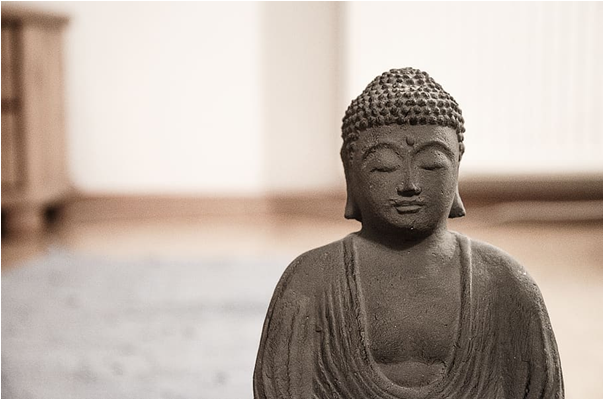

0 Comments